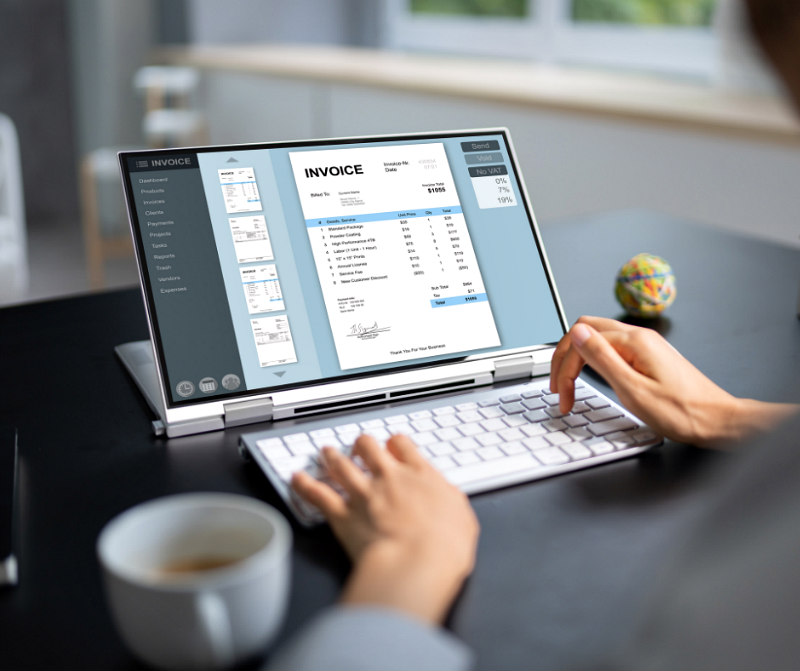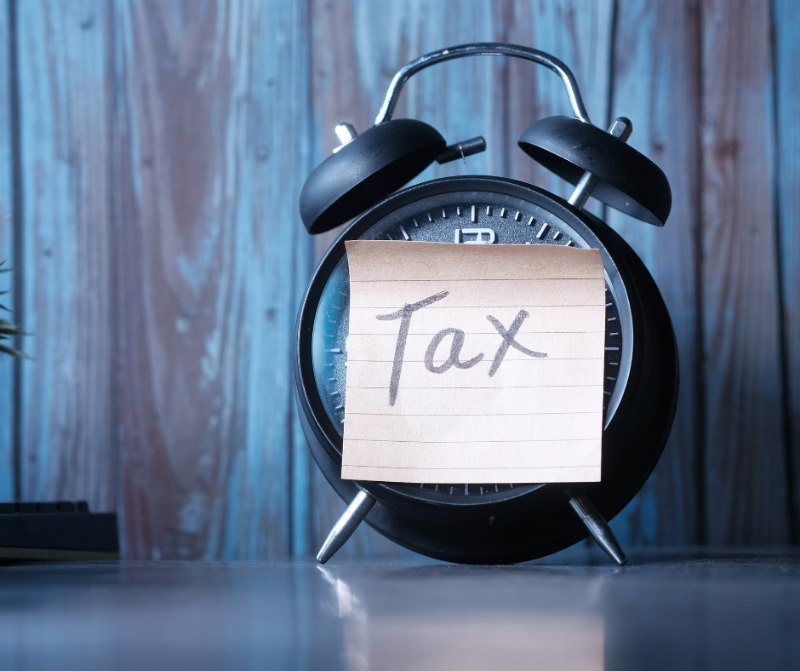
Christmas can be an expensive time of year. The cost of the gifts, food and the festivities soon add up! Just like budgeting for your business, if you fail to budget correctly for Christmas, it can have a negative impact on your finances in the New Year.
This year, the team at Accounting Clarkes have pulled together their knowledge of Christmas traditions from around the world, as inspiration for alternative Christmas ideas that could help you save money this December.
Let’s start with some important reminders.
- Setting a budget will help you avoid overspending this Christmas. As tempting as ‘Christmas sale’ discounts are, if you aren’t planning to buy it, don’t fall for them.
- If you have a loyalty card for your local supermarket, check your account to see if there are bonus points or money off the items you plan to buy. Keep an eye out for when they might be reducing the costs of popular items (like vegetables) closer to Christmas Day. If you’re happy to leave the shopping until last minute, you might bag yourself a bargain.
- Social media might showcase lots of families with Christmas Eve boxes and matching pyjamas, but you shouldn’t feel pressured into keeping up with those trends too, especially if it’s going to put you into debt.
- Pre-loved or handmade gifts are just as valuable as the brand-new ones in the shops. It really is the thought that counts.
While we’re on the subject of gifts, here’s some other ideas to help your money go further this Christmas.
- Consider a “Secret Santa” for gifting family and friends this year. Sometimes, we feel we buy a gift for someone because they are buying for us. A Secret Santa means that everyone gifts less, and can put a bit more thought (and possibly money) into one special gift.
- Gift cards are the perfect solution for someone who has ‘everything’ or is difficult to buy for. Best of all, those gift cards can be spent in the Christmas sales where the money can go further!
Finally, let’s take some inspiration from around the world!
- In Japan, although Christmas isn’t a national holiday, they still find an interesting and delicious way to celebrate. Rather than gathering around the table for a turkey dinner, families head out to their local KFC. Why not swap the traditional turkey for a chicken and save some money this Christmas?
- In Norway, families celebrate Little Christmas on 23rd Every family has their own ritual for the day that may include decorating the tree, making a gingerbread house, and eating risengrynsgrøt (hot rice pudding). If you’re planning a big family get together, consider meeting earlier in December or even in January – you restaurants offer discounts to avoid the peak season!
- In Switzerland, families make their own advent calendars for the holiday season. These calendars are either given to children as a surprise or made together as a fun activity. Each day’s bag reveals a new surprise or treat, with the biggest gift on Christmas Eve. Remember that wooden advent calendars can then be reused next year!
We’d love to hear your alternative Christmas ideas too. Share them below.
As a polite reminder, our practice will be closed from 5.00 pm Tuesday 23rd December 2025 to 9.00 am Monday 5th January 2026. We’d like to wish you a Merry Christmas and Happy New Year.






